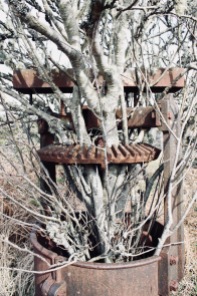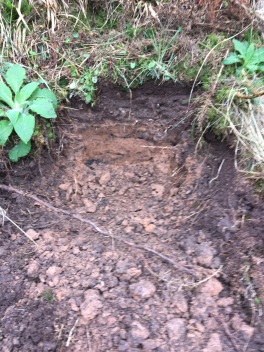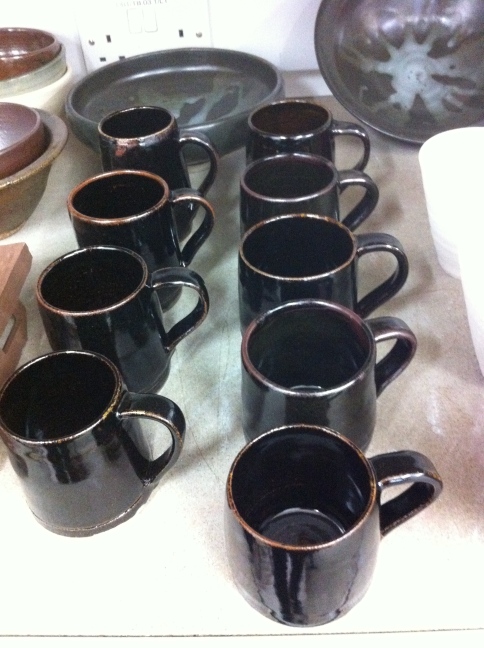I’m so delighted that the project linking my investigations into local clay sources, place and local function to Bruichladdich’s commitment to the concept of terroir, has finally gone live – through their posts about the project on Instagram and Twitter, and on their web-site. I want to thank Jane, Ailsa and Kate for their incredible support and encouragement. It is always a strange process – coming up with a new idea, that might appear ‘bonkers’ to some (I think that’s what one person called it), and then pushing through that scepticism and continuing to share it with other people…. When someone actually gets what you are on about, and gives you encouragement – that is such a vital thing for any maker. It’s not so much permission, more keeping the flame lit inside your imagination, pushing you further, to ask more questions, to respond to your curiosity….
When I had to find another clay source, all my initial glaze making experiments with the Foreland Estate clay were redundant. I had to start again. The new clays from Octomore Farm all warp and pinhole at my usual stoneware firing temperatures (1260 degrees C), and so I had to experiment with earthenware firings and glazes, and lower temperature stoneware firings (at 1200 degrees C). And of course these required a completely new approach in terms of glaze making.
Originally, when I found that the Octomore Farm clays would not fire high enough for using the usual three key ingredients – a rock dust, ash (as a flux) and some clay, I thought I was flummoxed. However, after much research in many glaze books, I found that if I gave myself permission to use a small percentage of frit (a compound used by potters to lower the temperature for the fluxing of glazes), added to the three key ingredients above, then this unlocked new doors for me, and the experimentation could continue……
Thanks to Kate Hannett for use of her pictures here….




























